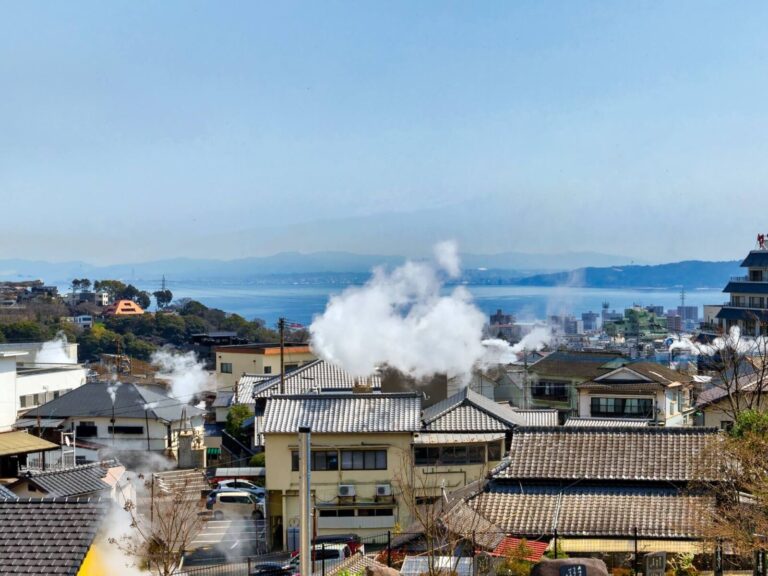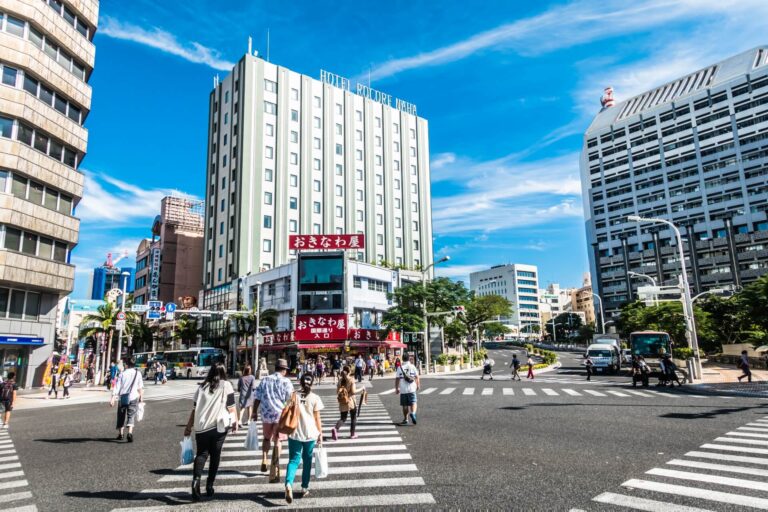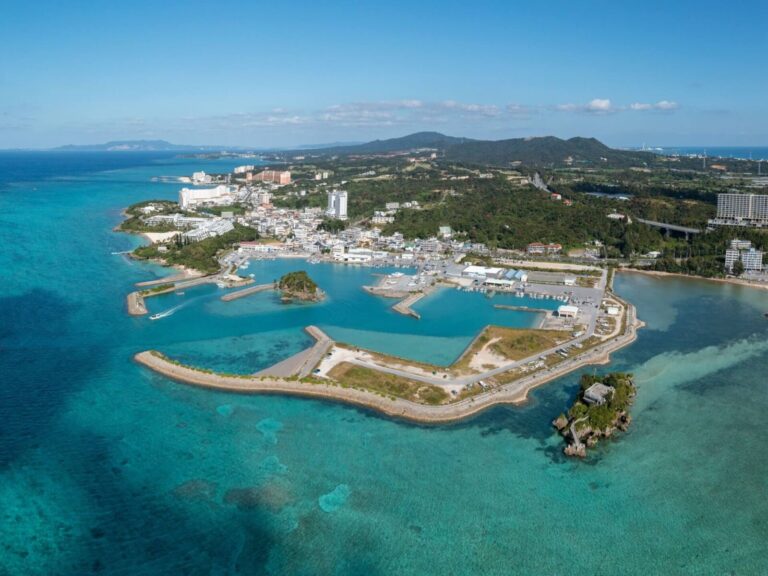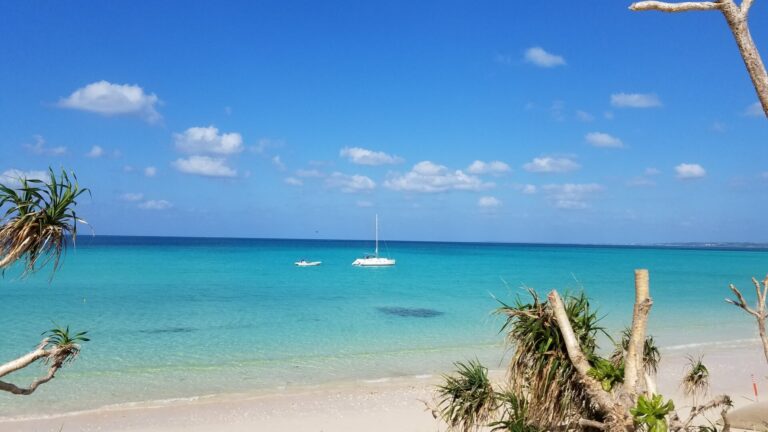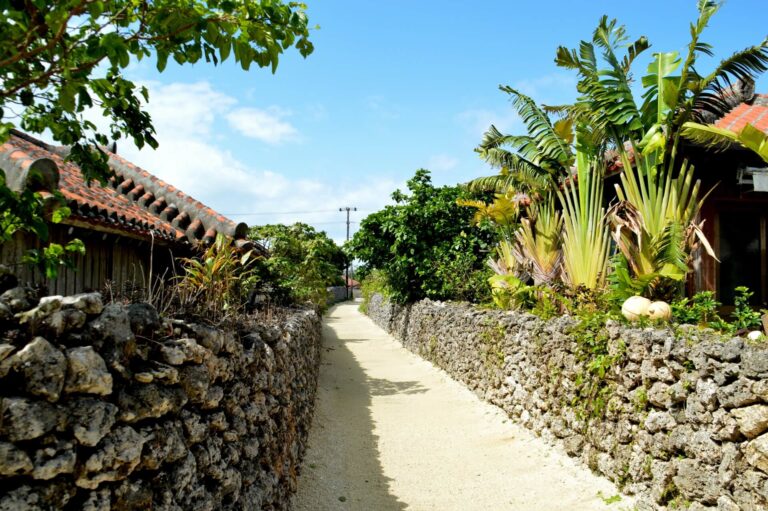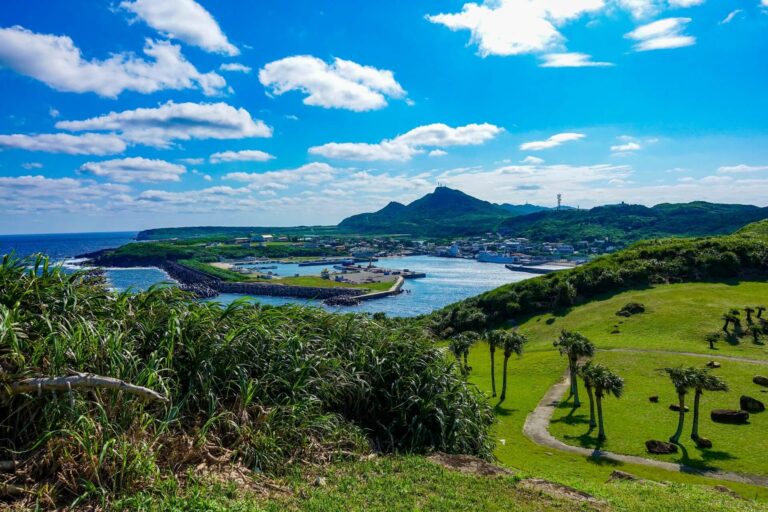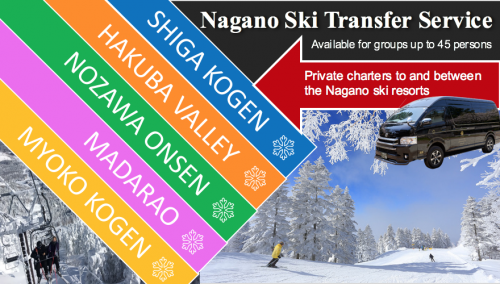Hakata Station
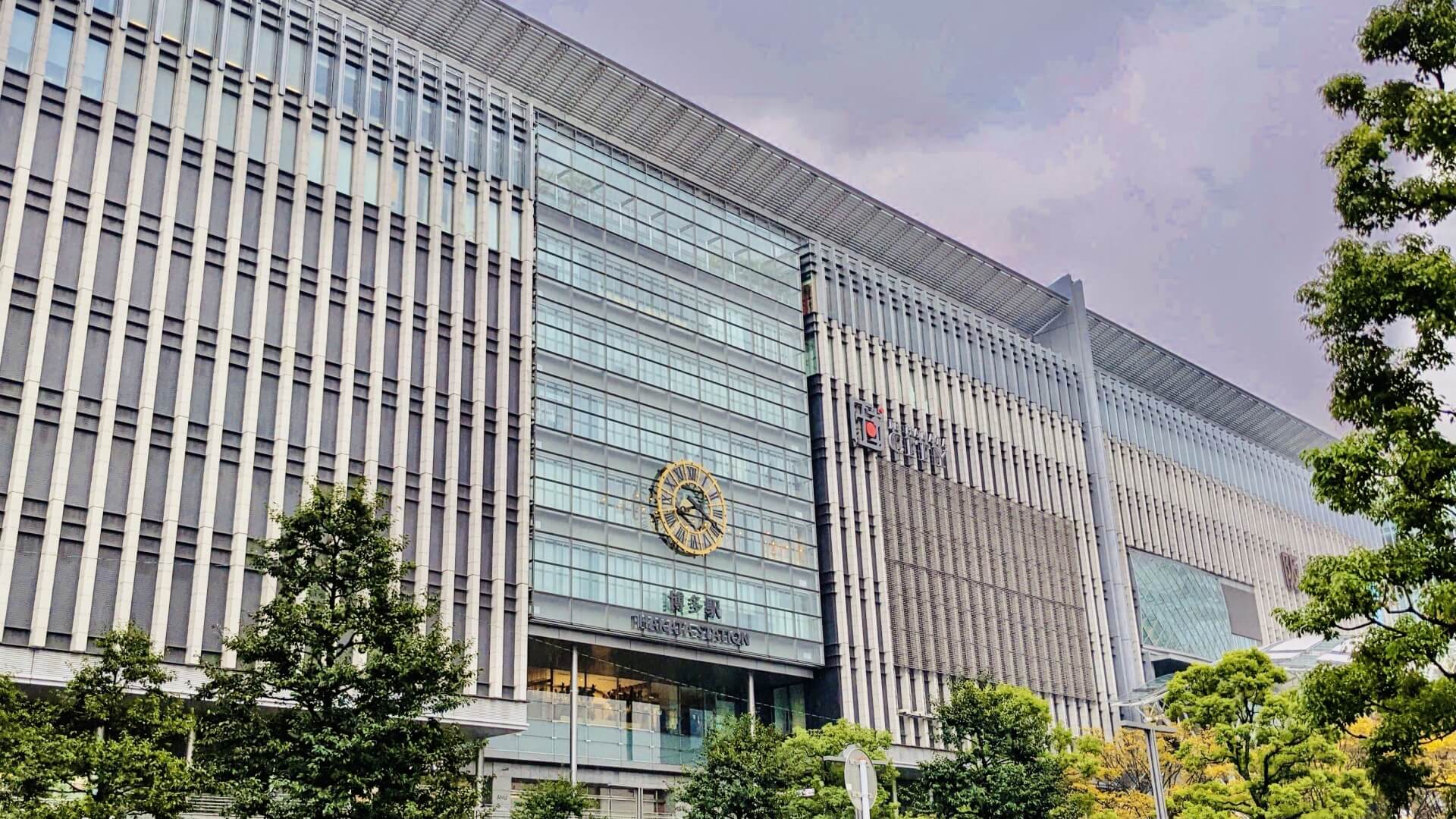
Hakata Station is both the largest train station in Fukuoka City and busiest in the Kyushu region of Japan. As a terminus of both the San’yo Shinkansen and Kyushu Shinkansen lines, it is an easy station to move to and from. On this page you will find the following information:
— Train Lines / Services to Hakata Station
— Getting to Hakata Station from Fukuoka Airport
— Rail Passes Covering Travel to Fukuoka
— Purchasing & Activating a JR Pass
— Fukuoka City Tourist Information
— Accommodation In & Around Hakata Station
— 30 Things to Do Around Kyushu & Where to Stay
The city of Fukuoka is the largest in the Kyushu and the sixth largest in the country. The current city is actually a merger of two earlier cities, the castle city of Fukuoka and port city of Hakata, and as such, Fukuoka’s main station bares the name Hakata Station. Serviced by both the San’yo Shinkansen and Kyushu Shinkansen lines, Hakata Station is easy to move to and from, with many ‘Mizuho’ shinkansen services connecting through to both lines without the need to transfer.
It is important to note that this page is intended for international visitors who will primarily be interested in using the shinkansen and does not include complete information about all services and facilities at the station.
TRAIN LINES / SERVICES TO HAKATA STATION
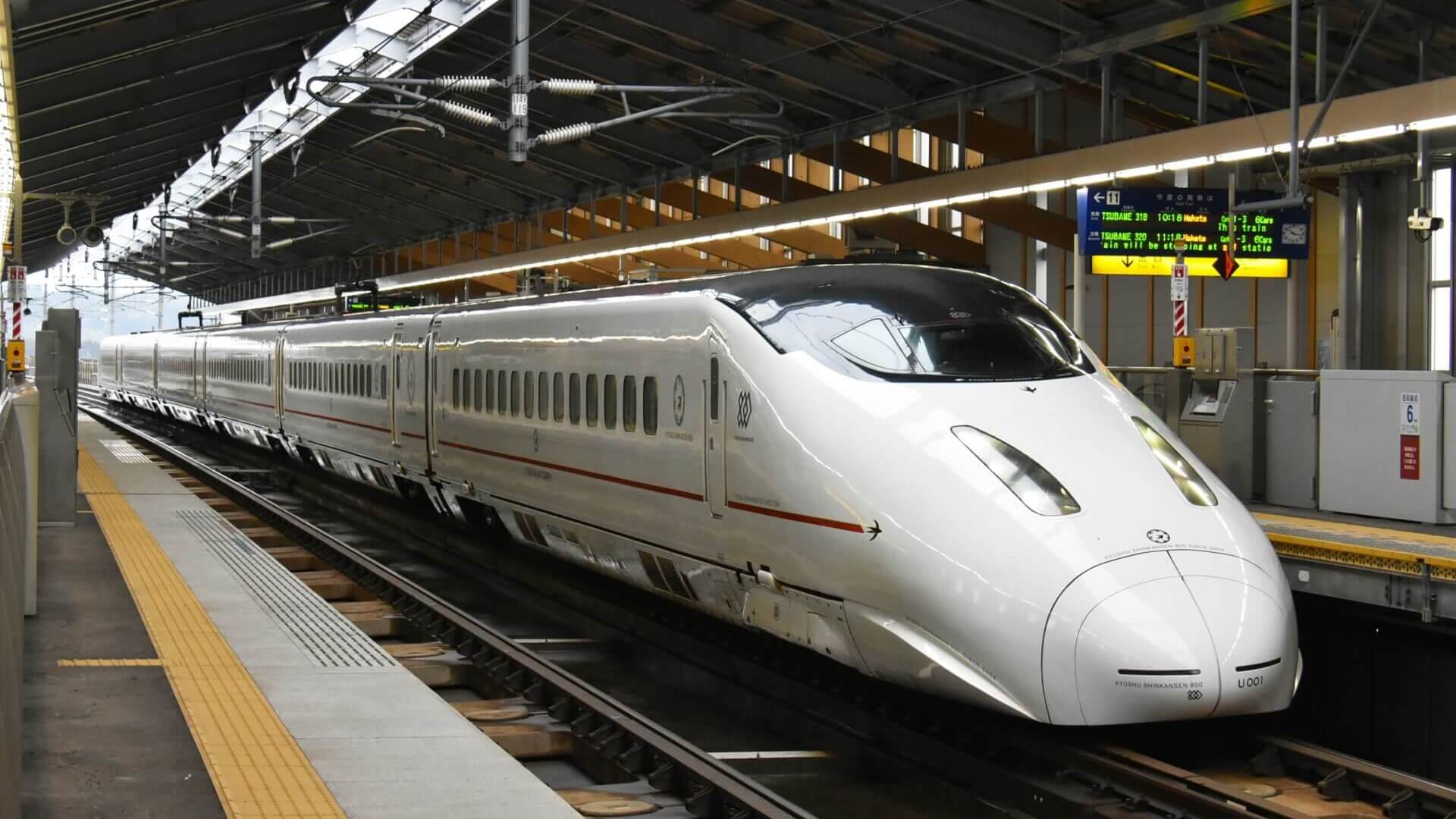
Hakata Station is serviced by multiple lines of which the Kyushu Shinkansen running south to stations including Kumamoto and Kagoshima-chuo along with the San’yo Shinkansen running east to Hiroshima, Okayama, Shin-Kobe and Shin-Osaka will be of most interest. Regional services including the Limited Express ‘Kamome’ to Nagasaki and Limited Express ‘Sonic’ to Beppu are also popular with many international visitors. But let’s start with the two shinkansen lines running to and from Hakata:
SAN’YO SHINKANSEN
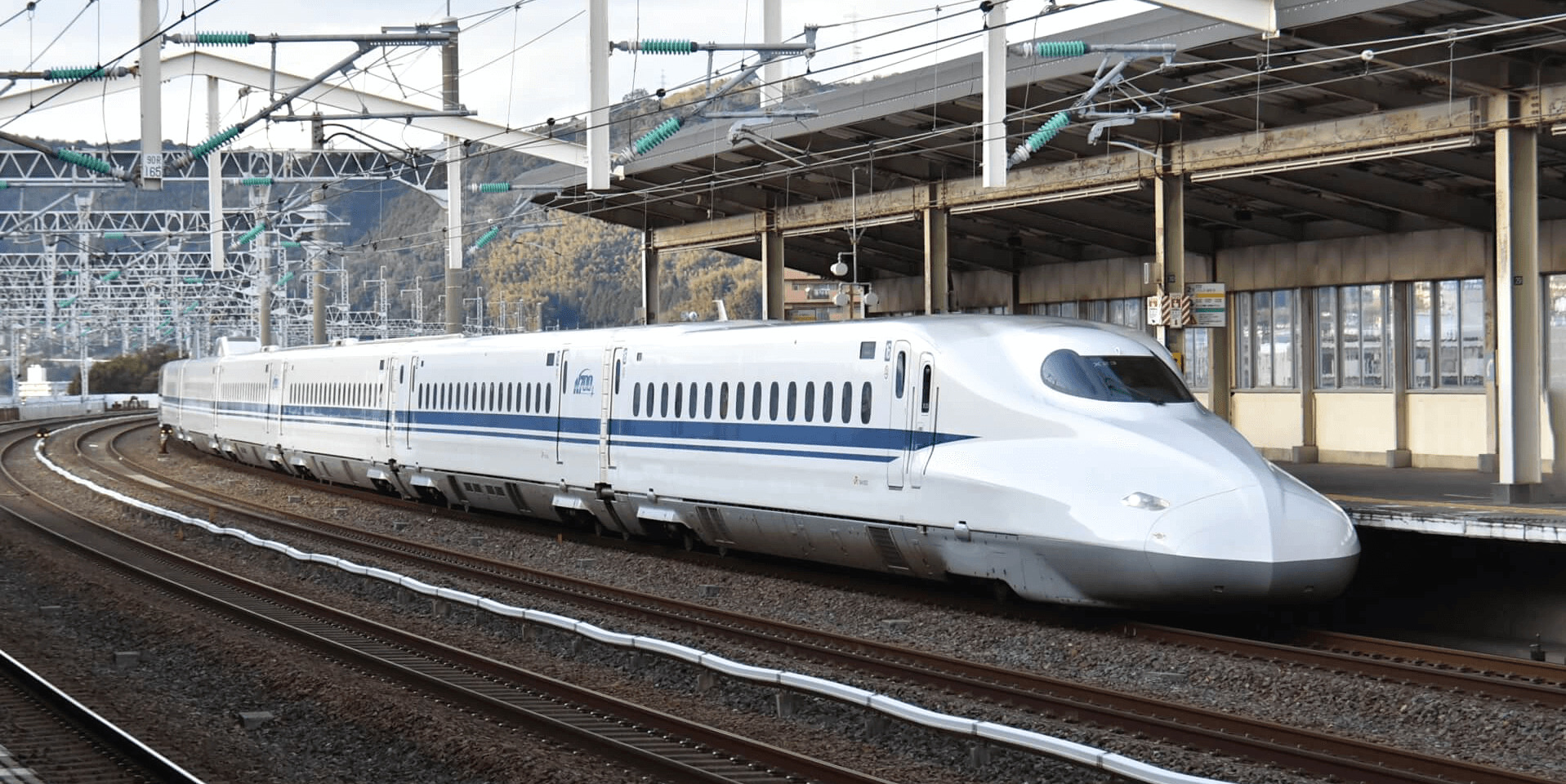
Running from Hakata Station to Shin-Osaka Station, the San’yo Shinkansen offers the most convenient route to Fukuoka and other destinations in south-western Japan. Multiple services run along the line of which the ‘Nozomi’ and ‘Mizuho’ are the fastest. For holders of the Japan Rail (JR) Pass, it’s important to note that those two services are not covered by the pass however any of the other services running on the line – including the ‘Sakura’, ‘Hikari’ and ‘Kodama’ – can be used. Stops on the line include:
Hakata / Kokura / Shin-Shimonoseki / Asa / Shin-Yamaguchi / Tokyuama / Shin-Iwakuni / Hiroshima / Highashi-Hiroshima / Mihara / Shin-Onomichi / Fukuyama / Shin-Kurashiki / Okayama / Aioi / Himeji / Nishi-Akashi / Shin-Kobe / Shin-Osaka
Regular services run to and from Hakata Station every day. The earliest shinkansen service from Hakata bound for Shin-Osaka – a journey of between 150 to 165 minutes – departs at 06:00 with the latest just after 21:00. Services from Shin-Osaka bound for Hakata also start from around 06:00 and run until around 21:30. Shinkansen services operate from Platforms 11 to 16 at Hakata Station.
KYUSHU SHINKANSEN
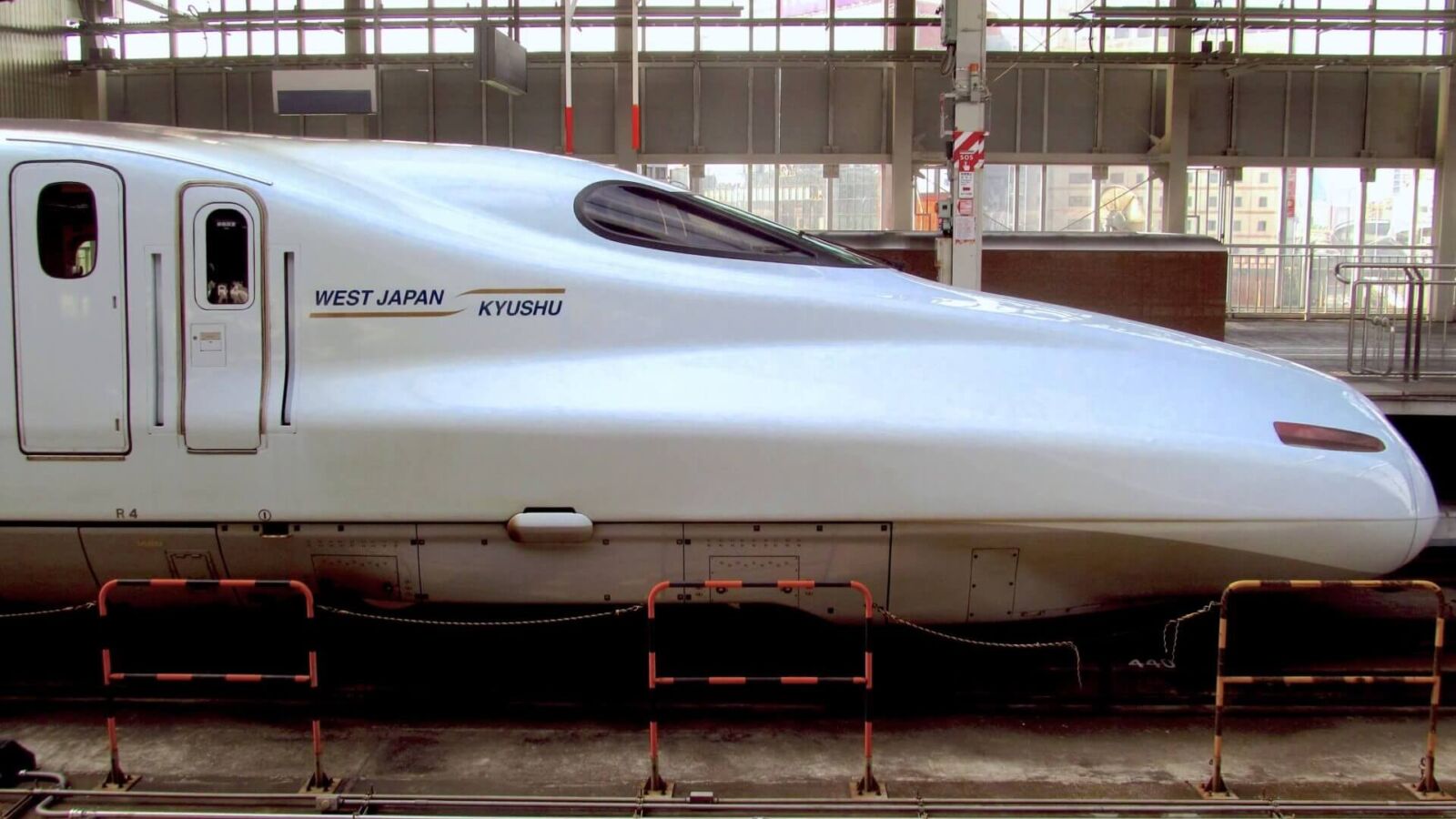
Running from Hakata Station to Kagoshima-chuo Station, the Kyushu Shinkansen is the easiest way to move south from Fukuoka to popular destinations including Kumamoto and Kagoshima. Three services run along the line of which the ‘Mizuho’ is the fastest with many services carrying on past Hakata Station and along the San’yo Shinkansen line. The other two services, the ‘Sakura’ and ‘Tsubame’, only operate on the Kyushu line. For holders of the Japan Rail (JR) Pass, it’s important to note that while ‘Mizuho’ services are not covered by the pass, both ‘Sakura’ and ‘Tsubame’ services are. Stops on the line include:
Hakata / Shin-Tosu / Kurume / Chikugo-Funaoya / Shim-Omuta / Shin-Tamana / Kumamoto / Shin-Yatsushiro / Izumi / Sendai / Kagoshima-chuo
Regular services run to and from Hakata Station every day. The earliest shinkansen service from Hakata bound for Kagoshima-chuo – a journey of between 75 to 110 minutes (depending on the service you choose) – departs at 06:10 with the latest just after 22:20. Services from Kagoshima-chuo bound for Hakata also start from around 06:10 and run until around 22:20. Shinkansen services operate from Platforms 11 to 16 at Hakata Station.
OTHER TRAIN SERVICES
Multiple local lines and rapid services operate to and from the station providing access to regional destinations including the:
LIMITED EXPRESS ‘KAMOME’
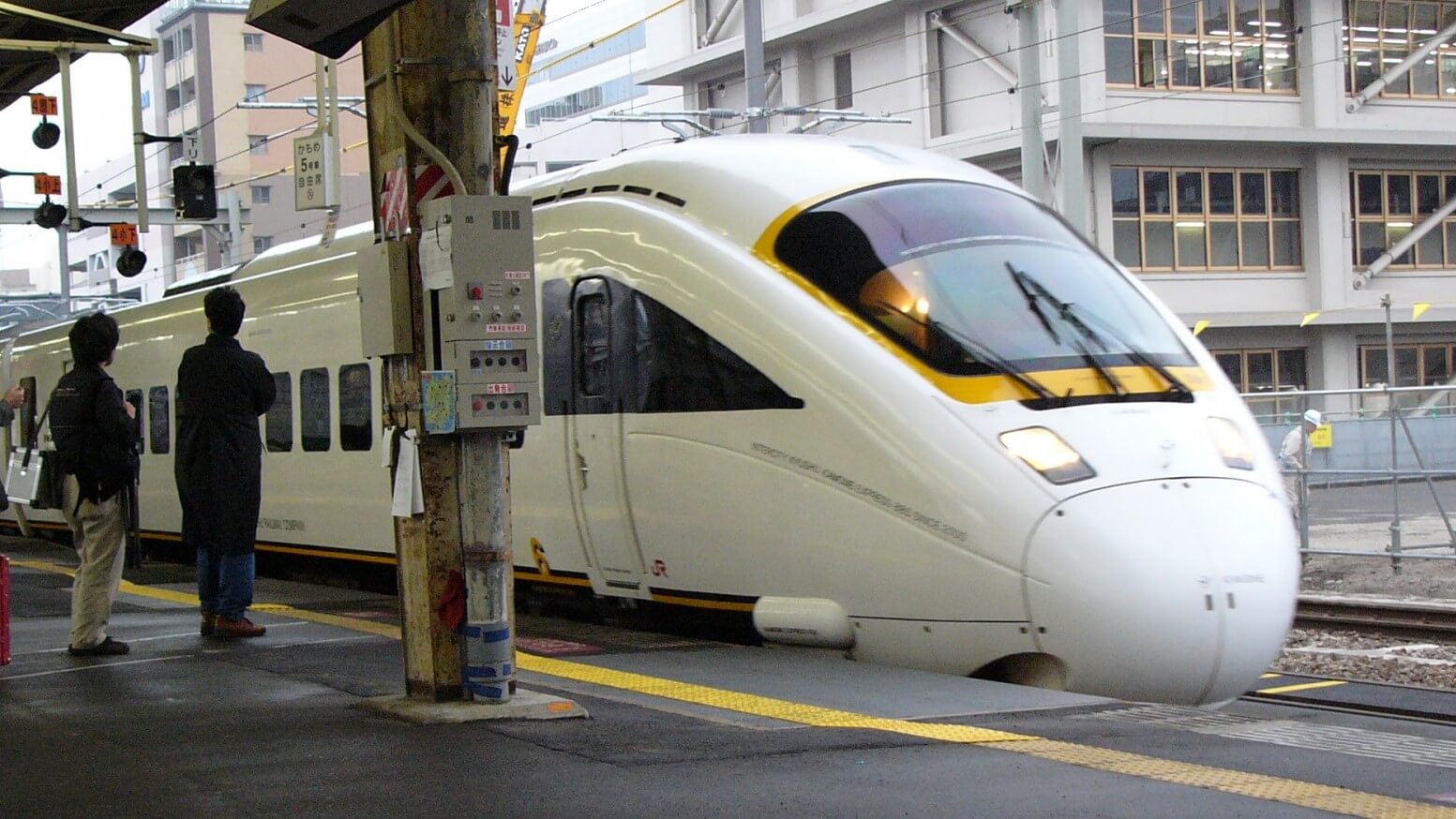
The Limited Express ‘Kamome’ runs from Hakata Station to Nagasaki Station along the Kagoshima Main Line and Nagasaki Main Line. The service operates every hour from around 05:50 until 22:10, taking around 2 hours to cover the distance from Hakata to Nagasaki. This service is covered by the JR Pass. It should be noted at as of September 2022, the new ‘West Kyushu Shinkansen’ line will open from Nagasaki Station to Takeo-Onsen Station. While that line won’t yet extend to Hakata Station, travellers will be able to take another service to Takeo-Onsen and then switch to the new shinkansen line for the onward journey to Nagasaki.
LIMITED EXPRESS ‘SONIC’
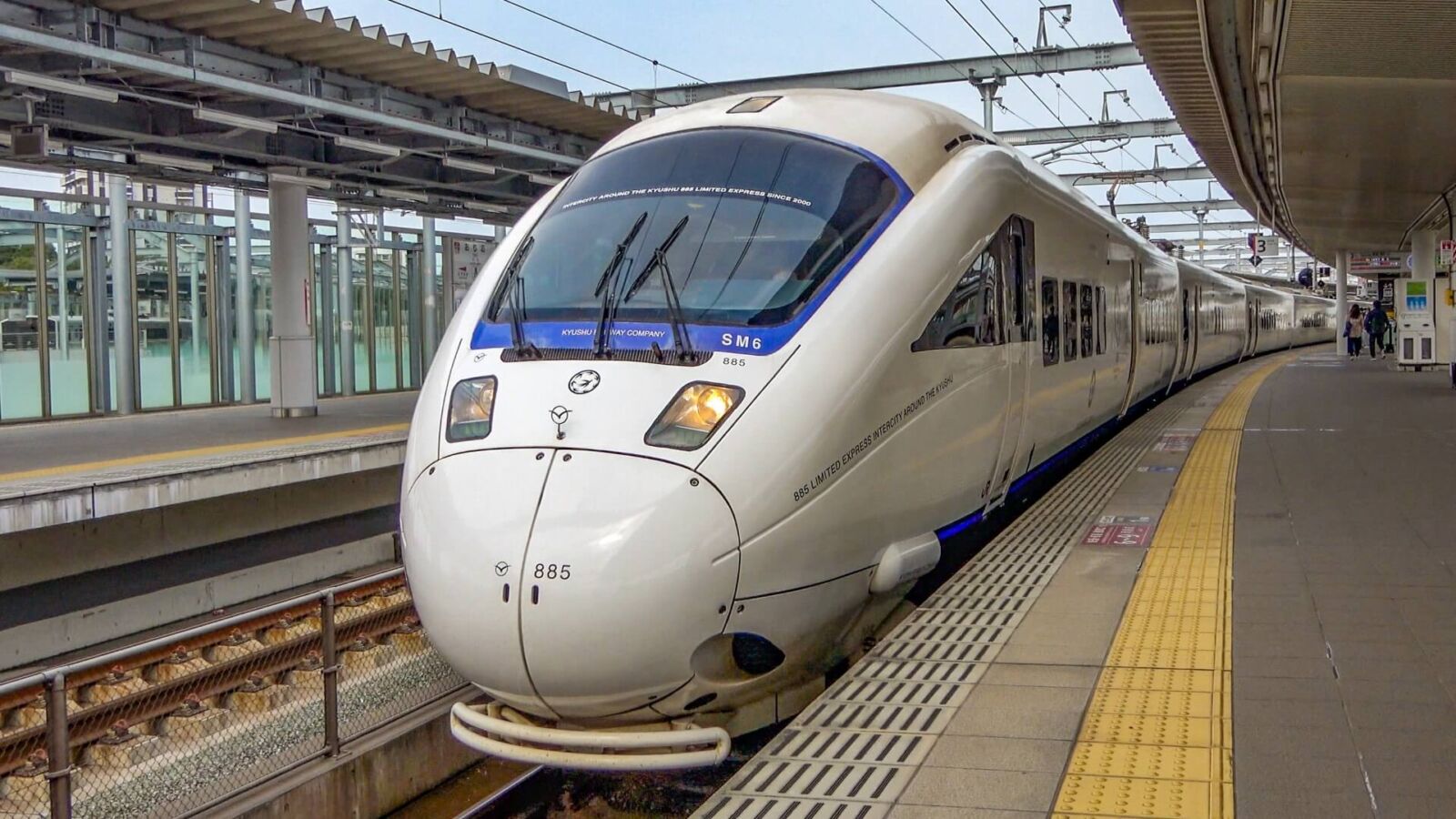
The Limited Express ’Sonic’ runs from Hakata Station to Oita Station via stops including Kokura Station and Beppu Station – the nearest station to the famous and popular destination of Beppu Onsen. Services operate from 06:00 until 22:20, departing approximately every 30 minutes and taking around 2 hours to reach Beppu or Oita from Hakata. This service is covered by the JR Pass.
GETTING TO HAKATA STATION FROM FUKUOKA AIRPORT
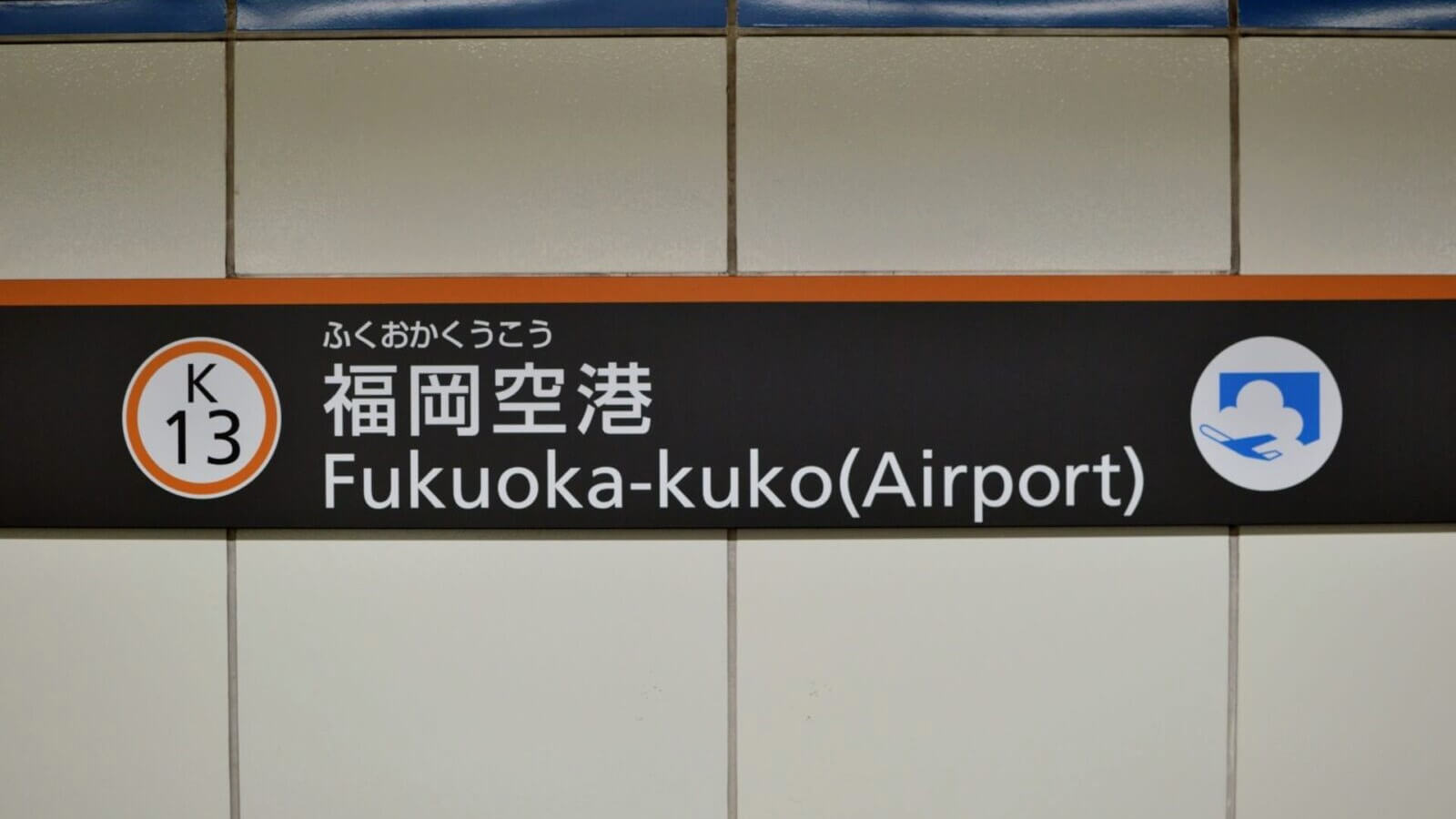
Fukuoka Airport is somewhat unusual for a Japanese airport in that it’s located within the city, only 3km from Hakata Station. As such, it’s easy to move between the airport and station. Operating daily from 05:30 to 0:25, the Fukuoka City Subway-Kuko Line is the easiest and quickest way access the airport’s domestic terminal – taking only 5 minutes / JPY260 one-way – noting that it is not covered by the JR Pass. The international terminal is not serviced by the subway however can be access using buses from Hakata Station, Tenjin Station and other locations in Fukuoka City. Buses operate between the station and airport, taking around 15 to 20 minutes / JPY260 or a taxi takes around 20 minutes / JPY1600 to cover the journey. Once at the airport, you can transfer between terminals using its free shuttle bus service.
RAIL PASSES COVERING TRAVEL TO FUKUOKA
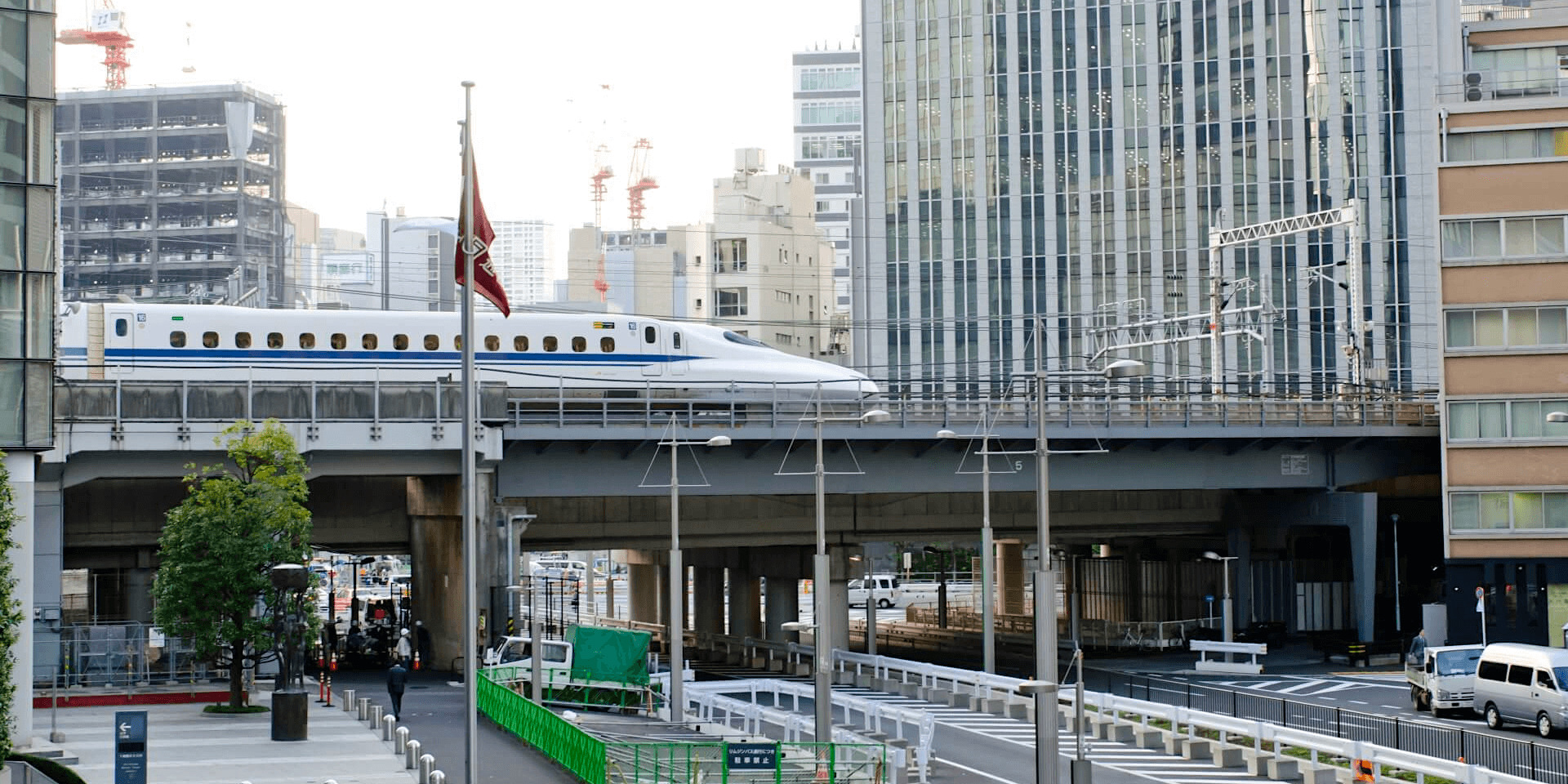
There is no escaping the fact that travel using the shinkansen and other rapid services is expensive. Given the speed and distances covered by these trains, travellers should think of them much like taking a flight, with tickets accordingly priced. International visitors to Japan have the option of purchasing one of several passes which allow for limited use of the San’yo Shinkansen and Kyushu Shinkansen along with unlimited use of numerous other services, starting with the:
JAPAN RAIL (JR) PASS
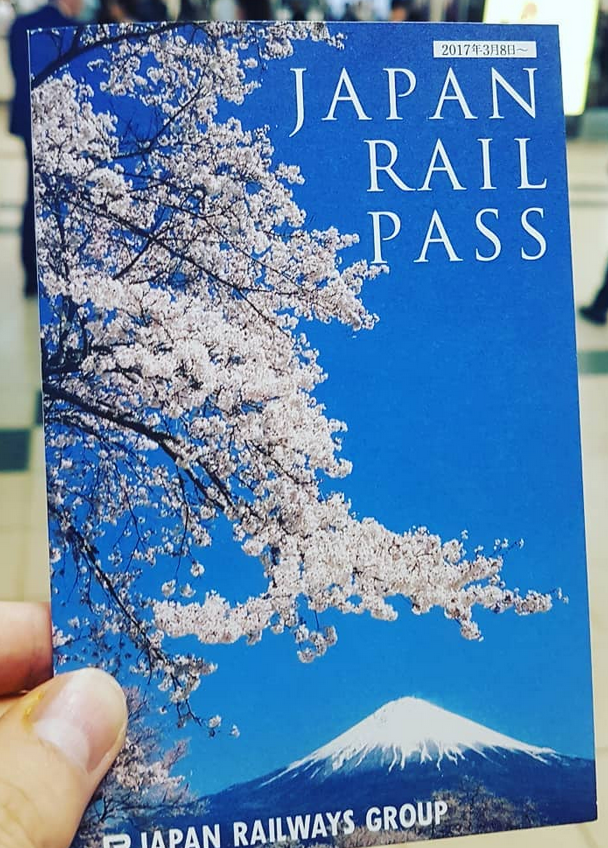
Covering all 9 shinkansen lines in Japan and many other train services, the JR Pass is a great option for visitors planning to use the shinkansen more than a handful of times and/or travel large distances. Travelers have the option of 7, 14 and 21-day passes covering either Ordinary or Ordinary and Green Cars. The JR Pass allows for use of the ‘Sakura’, ‘Hikari’ and ‘Kodama’ services on the San’yo Shinkansen line however it does not allow use of the ‘Nozomi’ and ‘Mizuho’ services; while travellers using the Kyushu Shinkansen can use any ‘Sakura’ or ‘Tsubame’ service but again, the pass does not cover ‘Mizuho’ services. These services can be used but you would need to pay the full-fare. Services including the Limited Express ‘Kamome’ and Limited Express ‘Sonic’ are also covered by the pass.
PURCHASING & ACTIVATING A JR PASS
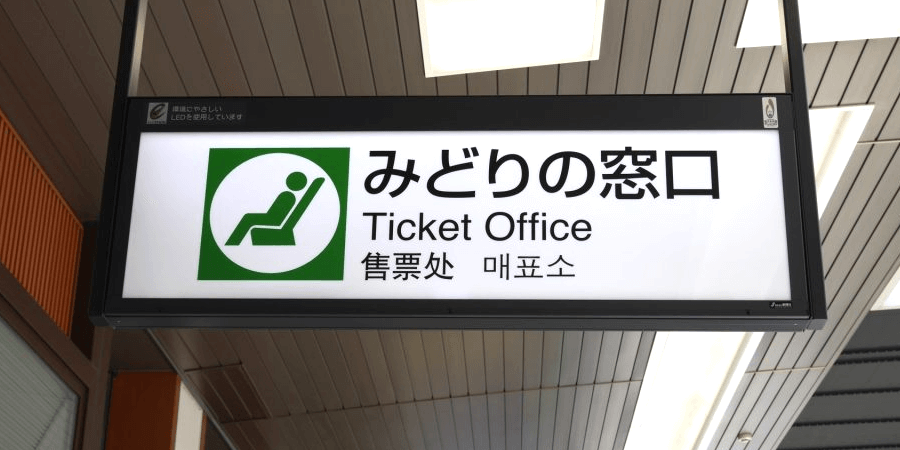
Passes can be purchased via the official website or via a JR-affiliated sales office. Once you completed payment, you will receive an exchange order. This is a proof of payment and looks almost like a flight ticket with your personal details, type of pass, and validity (three months from the date of issue). It is important to note that the exchange order is not your actual pass and will need to be exchanged for your pass once in Japan. Whatever you do, do not lose the exchange order and prioritise exchanging it for your pass when you arrive.
Before using a pass, it must first be exchanged/activated. Exchanging/activating the pass can be done at numerous offices located at airports – including Kansai Airport in Osaka and Narita Airport and Haneda Airport in Tokyo – and major train stations throughout Japan*. If you have the time, we recommend activating your pass while at the airport. If you’re planning to do so at Hakata Station, you can exchange/activate your pass at the:
— JR Kyushu Ticket Office: open daily from 07:00 to 21:00
Otherwise, passes can also be activated at Kumamoto Station and Kagoshima-chuo Station on the Kyushu Shinkansen line or at these stations on the San’yo Shinkansen line: Kokura Station / Hiroshima Station / Okayama Station / Shin-Osaka Station. To exchange/activate your pass you will need your exchange order and passport. Make sure you allow adequate time to exchange and activate your pass if you are intending to use it on the same day or do so a day or two before you plan to start using it (you can always nominate a later activation date). Once you have your activated pass you are free to ride however you can’t insert your pass into the ticket gates. Simply walk through the side booth (permanently attended by station staff) and show your pass. You will be waved through and you can make your way to the platform.
*please note, JR Passes cannot be exchanged / activated at Fukuoka Airport.
FUKUOKA CITY TOURIST INFORMATION
Open daily from 08:00 to 19:00, Fukuoka City Tourist Information is located on the first-floor of the station, in the middle of the concourse making it easy to find. It has full-time English, Chinese and Korean-speaking staff on-hand to assist with any transport, sightseeing, car rental and accommodation enquiries. Free WiFi is available inside.
ACCOMMODATION IN & AROUND HAKATA STATION

The area surrounding Hakata Station has plenty of accommodation to choose from including mid-size to large Western-style hotels. Some hotels have direct access to the station while many are within a couple of minutes walk giving you plenty of options to choose from. For more information including links to accommodation listings, see our ‘Hakata Station Area’ hotel page; or for more on where to stay when visiting the city, see the section below.
HOW TO GET TO FUKUOKA
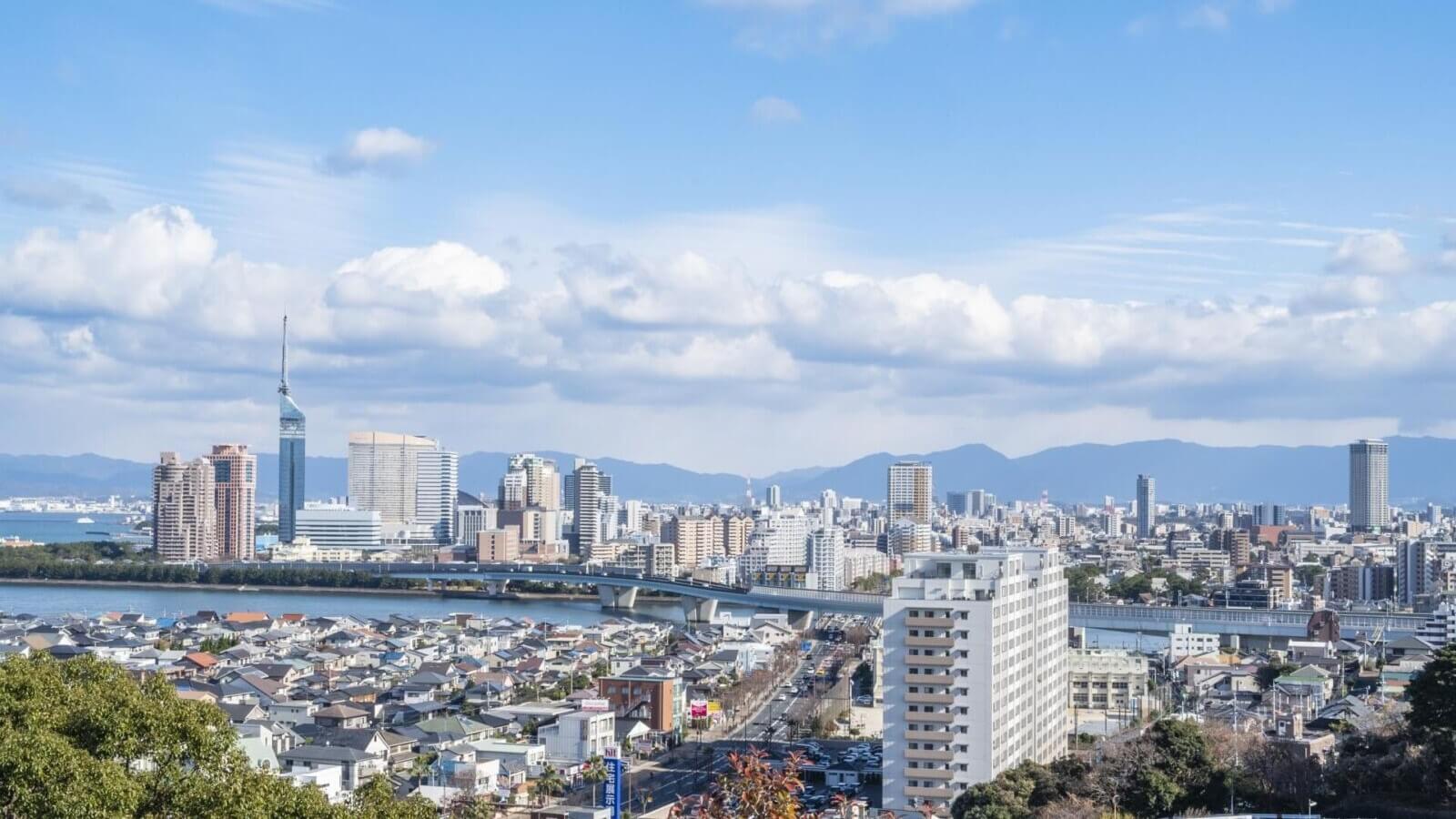
As noted above, Hakata is the largest station in Kyushu with multiple major lines running to it. Easy to move to and from, it is a main transit hub when headed to the city and exploring the entire region. Our ‘How to Get to Fukuoka’ page has information about how to get there from starting points including Osaka, Kyoto, Tokyo and other points, along with flight and ferry services also connecting Fukuoka to regions throughout Japan.
30 THINGS TO DO AROUND KYUSHU & WHERE TO STAY
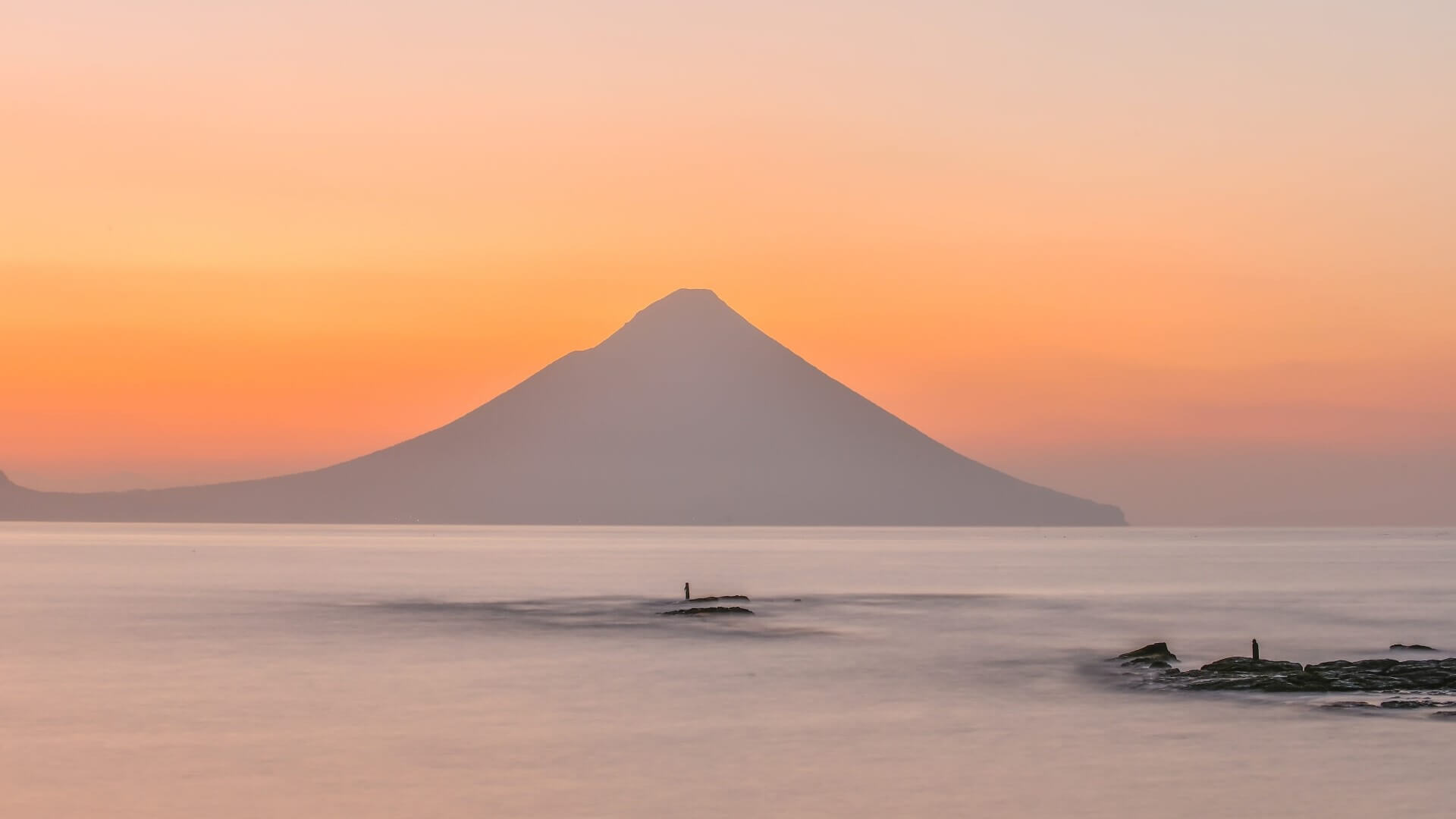
Lying to the southwest of Japan’s main island of Honshu, Kyushu is a region blessed with attractions, from the historic to the natural and the exotic. Fukuoka is the largest city in Kyushu while Nagasaki’s history transcends the national to occupy a place in the global consciousness. Kumamoto and its famous castle or Kagoshima and its nearby natural splendours including the World Heritage island of Yakushima, all combine to make this one of the most rewarding travel destinations in Japan. Our ’30 Things to Do Around Kyushu & Where to Stay’ page is a great place to start when planning your visit to the region.
PLAN YOUR VISIT TO JAPAN
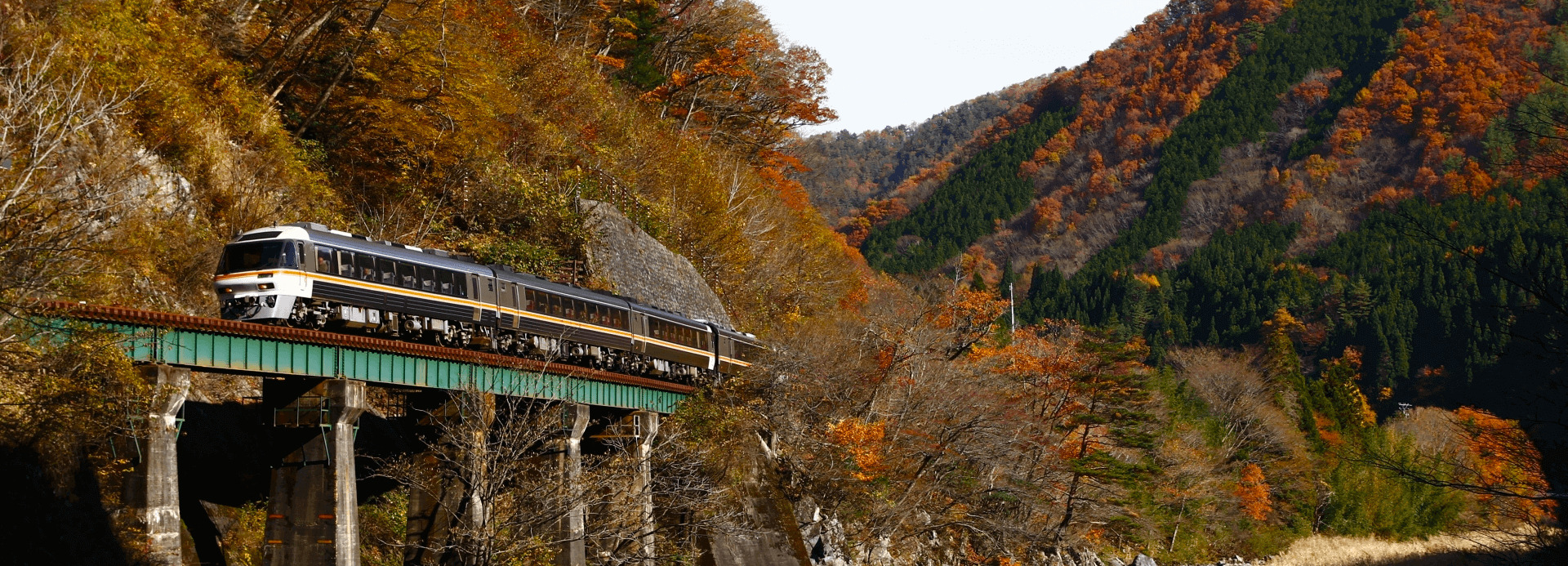

Hakata Station is just one part of Japan’s fantastic rail network. Unfathomable in its size and efficiency, moving around the country by train is easy and comfortable opening-up all regions of Japan for exploration. Our ‘Plan Your Visit’ page has everything you need to know about visiting Japan – from tips on the best time to travel, times to avoid, entering and exiting the country, money matters, staying connected, accommodation, staying safe and healthy and plenty more to ensure that you get the most out of your time here.




